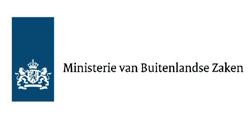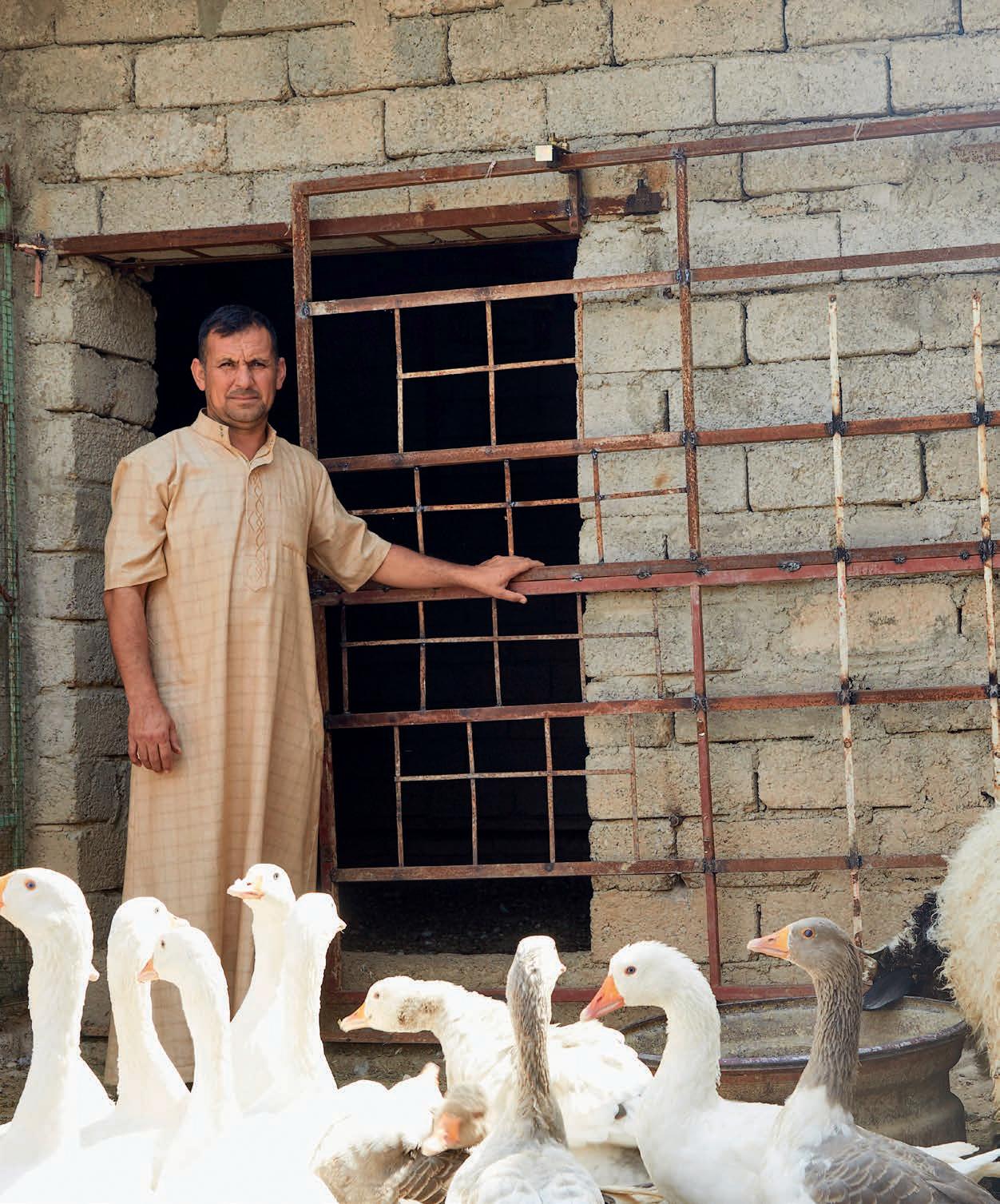
4 minute read
Accounting principles for the statement of
by ZOA
Income and expenditure are attributed to the period to which they relate. All proceeds are entered as income for their gross amount, unless explicitly stated otherwise. Costs necessary to realize certain income are presented as expenditure in the statement of income and expenditures.
Advertisement
Income raised
Income from private individuals, companies, churches, and schools is recognized as income in the year of reception, or moment of signing a contract. It includes the income from door-to-door collection, legacies, contri butions, donations, and gifts. Donations in kind are valued at fair price. Legacies are recorded as income in the year in which the notary has communicated the content of the deed, or “akte van scheiding en deling.” Donations and legacies still under usufruct by the donating party are recognized in the year the usufruct ends; in these financial accounts they are presented as off-balance sheet receivables.
Income recognition related to projects imple mented by partners is based on periodically received expenditure reports. Contributions from other non-profit organisations are accounted for as “income from other non-profit organisations” at the amount received by the organisation. They are recognized in the year that income from the campaign by other non-profit organisations was received or pledged by this party. Campaigns by other non-profit organisations only include campaigns for which ZOA does not bear any risk.
Project grants for consortia partners
Project grants for consortia partners are recognized as both income and expenditure in the statement of income and expenditure in the year of the contractual spending obligation.
Project grants for ZOA
Operating grants are recognized in the statement of income and expenditure of the year that includes the subsidized expendi ture. Losses are taken into account if they originate in the relevant financial year and as soon as these are anticipated. Grants received in kind - often food and relief supplies - are valued at the cost stated in the contract relating to the goods. If the contract does not provide for this, the goods will be valued at fair value at place of delivery. If received goods are not based on a contract and a reliable valuation is lacking, the transaction is not accounted for in the statement of income and expenditures.
Income in exchange for the delivery of products and services
Income raised from products or services delivered are presented as net figures. The gross income is deducted with the direct costs and reported as net income.
Costs
Stakeholders also require insight into the level and breakdown of the costs of fundraising organisations; the notes provide a specification of these costs in accordance with model C of the RJ 650 guidelines. Employee costs (salary, social security, pension, etc.) are not presented as a separate item in the statement of income and expenditure. These costs are included in other components of the expenditure.
Spent on objectives
Expenditures spent on objectives include amounts allocated for activities designed to meet the objectives during the financial year as well as implementation costs. Expendi tures include subsidies to local partners, food and relief goods purchased, cost of deployed personnel, transport costs, local accommodation costs, and office expenses. It also includes the acquisition costs for means of transport and office inventory which might be made available to the local partner after the project has ended.
Fundraising expenses
All costs incurred for activities aimed at encouraging people to donate money toward one or more of ZOA’s objectives are ear marked as costs for fundraising. This means the costs for publicity and public relations are regarded as costs of fundraising unless
they are costs for education and awareness-raising. It can often concern various activities: information sharing (aware ness-raising) and fundraising simultaneously. In such cases, the part of the costs relating to the information activity will be allocated to that activity. Depending on the specific information objectives for each activity, the allocation formula is decided in advance.
Management and administration expenses
Costs of management and administration are costs ZOA incurs for (internal) manage ment and administration that cannot be
directly allocated to ZOA’s objectives or to fundraising income.
Balance of financial income and expenses
Exchange differences arising upon the settlement or conversion of monetary items are recognized in the statement of income in the period they are realised unless hedge accounting applies. Other income and expenses are recognised in the period they appear.
Cash flow overview
The cash flow statement is compiled by means of an indirect method that prescribes a distinction between cash flows from operational activities and cash flows from investments and financial activities. The information for the cash flow statement is taken directly from the statement of income and expenditure as well as from the changes in balance sheet positions at the beginning and end of the year.





